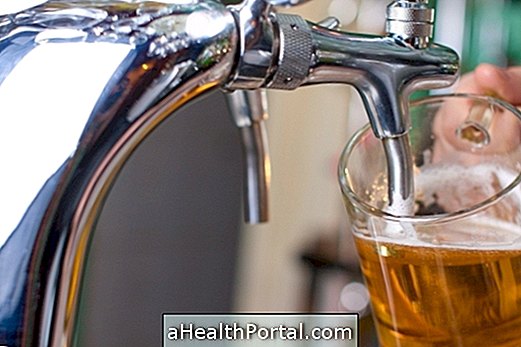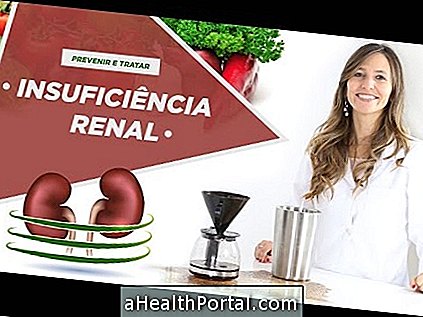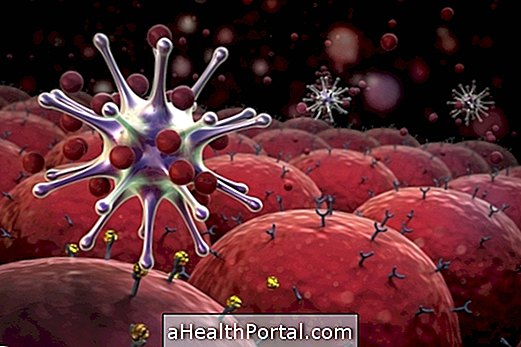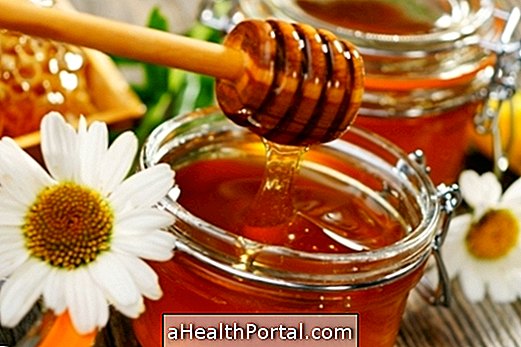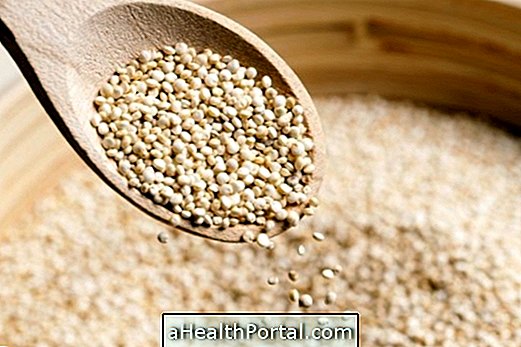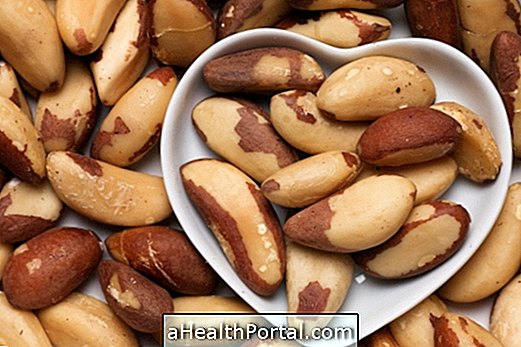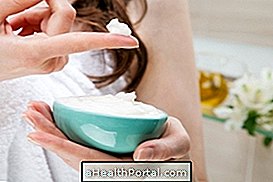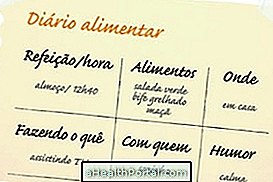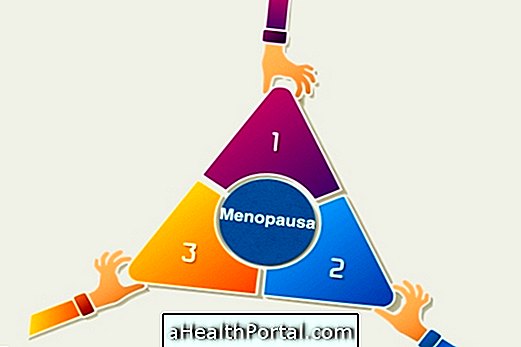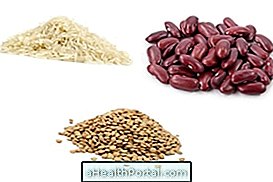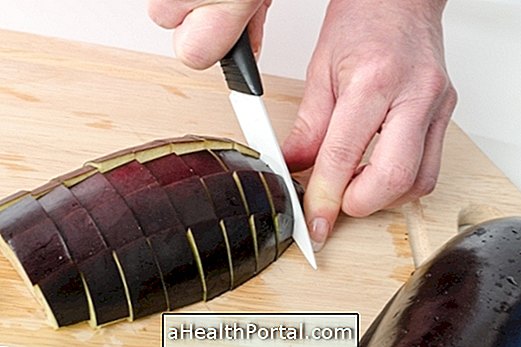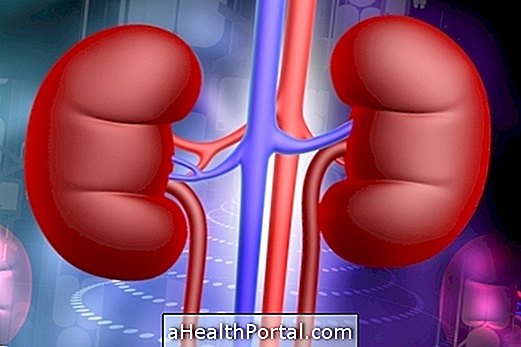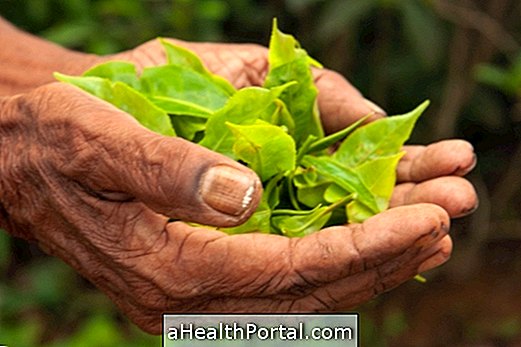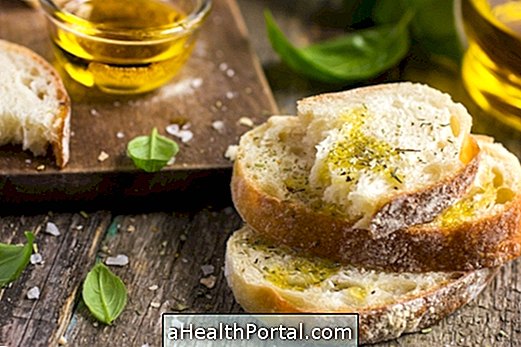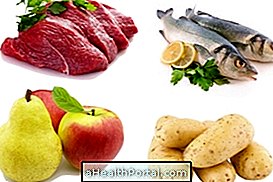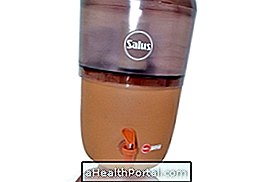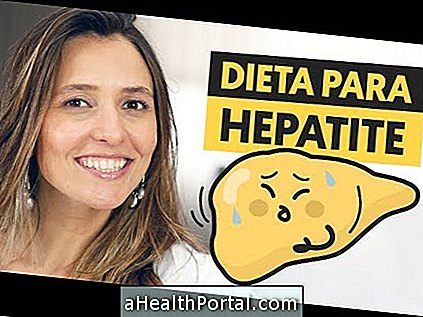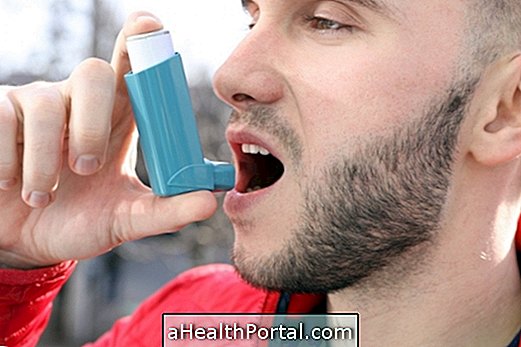Do you usually read the food label you consume? This is very important to know exactly what is inside the package so you can decide whether to buy or not.
By reading the label it is possible to know if the product is rich in sugar, salt or fiber, which are important to prevent and control health problems such as diabetes and high blood pressure or simply to lose weight.
In Brazil some information is mandatory, as the amount of trans fat and even if the amount is equal to zero, it is important that it is on the label. It is also mandatory to say if the food contains gluten, traces of peanuts or nuts, for example, because these foods cause allergy in many people.
Learn what's really important to look for labels on this video:
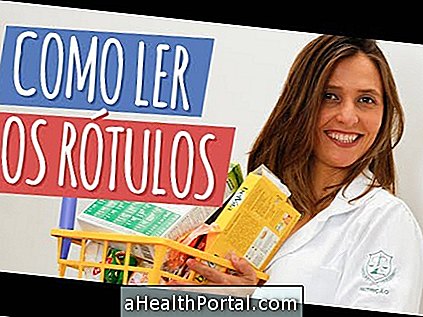
To understand what's on the label, you need to identify:
1. List of ingredients
The list of ingredients indicates the amount of this nutrient present in the food and it is made indicating the order from highest to lowest quantity. This means that the first ingredient is the one that is in the greatest quantity and so on. So if in a packet of cookies on the list of ingredients on the label the sugar comes first, be alert because its quantity is too large. And if on a whole wheat bread, the wheat flour comes first, this indicates that the amount of common flour is very large, and so the food is not so integral.

The list of ingredients on the label also contains additives, dyes, preservatives and sweeteners used by industry, which often appear as odd names or numbers. See 3 steps to decrease sugar consumption.
2. Nutritional Information
Nutrition information is usually indicated within a table, where you can know the calories of the product, the amount of carbohydrates, proteins, fats, fiber, salt and other optional nutrients such as sugar, vitamins and minerals.
This information is given based on 1 portion of the product, which is usually described in homemade measures such as 1 slice of bread, 1 packet, 5 biscuits or 1 unit.
The% DV indicates the concentration of each nutrient per serving of the food, based on a 2000 kcal per day diet. Thus, if the sugar part has 20%, it means that 1 part of that product already supplies 20% of the total sugar that must be ingested per day.

Diabetics, for example, should look for products that do not contain sugar in the ingredients and that are rich in fiber in the nutritional information.
In the case of people with high blood pressure, the most important thing is to observe the salt in the list of ingredients and the amount of sodium in the nutritional information. Understand the difference in the types of fat shown on the food label.
How to Compare Different Food Labels
To compare products, one should evaluate nutritional information for the same amount of each product. For example, if the labels of 2 types of breads give the nutritional information to 50 g of bread, then it is possible to compare the two without doing other calculations. However, if the label of one loaf gives the information to 50 g and the other gives the data to 100 g of loaf it is necessary to make the ratio to adequately compare the two products.
What to look for on labels
In addition to looking at the list of ingredients and nutrients you should opt for foods whose labels do not have firstly sugar or wheat flour and are not high in salt or sodium. So it is safest to always look for foods with no added sugar and whole grains, but even so it is important to check on the label if it has even little sugar and if it was not made with common wheat flour.
You may also like:
- Understand why eating Light and Diet foods does not always lose weight.
